Controlling High Blood Pressure through Nutrition, Supplements, Lifestyle and Drugs
Controlling High Blood Pressure through Nutrition, Supplements, Lifestyle and Drugs 1st Edition:
Controlling High Blood Pressure through Nutrition, Nutritional Supplements, Lifestyle, and Drugs helps prevent and treat high blood pressure and hypertension, the most common primary diagnosis in the United States and a leading cause of heart attack, heart failure, kidney failure, and stroke.
Written by two leading experts in nutrition and hypertension, it takes an integrative and evidence-based approach based on scientific research and clinical studies. It explains what causes high blood pressure and includes easy-to-follow solutions for patients that help to treat and prevent it. These include:
- The ideal drugs to reduce blood pressure with fewest side effects and optimal efficacy
- A nutrition program to reduce weight and lower the risk of a cardiovascular problem
- A comprehensive review of nutritional supplements to improve blood pressure control and reduce cardiovascular disease
- A review of lifestyle changes to improve blood pressure such as a detailed exercise program.
This book is for doctors, nutritionists, naturopaths, pharmacists and other health practitioners as well as anyone with a family history of hypertension or overt blood pressure issues that would like to make better and healthier lifestyle choices.
Additional ISBNs:
∗ Print ISBN: 0367647796, 978-0367647797, 9780367647797
∗ eText ISBN: 100037579X, 978-1000375794, 9781000375794
- See additional information on the Amazon.
More Details
Controlling High Blood Pressure through Nutrition, Supplements, Lifestyle and Drugs:
Cover
Endorsements
Title Page
Copyright Page
Contents
Preface: How to Use This Book
About the Authors
Introduction
Chapter 1 Prevention of High Blood Pressure. Do Not Let This Happen to You. Actual Patient Cases of High Blood Pressure from the Hypertension Institute
Chapter 2 The Hypertension Institute Program to Lower Your Blood Pressure: Summary
2.1 Here is a Summary of the Hypertension Institute Program
References
Chapter 3 What is Hypertension and How is it Measured?: A Symptomless Disease
3.1 Definition of Hypertension and the Cardiovascular System
3.2 The Blood Pressure Components
3.2.1 Systolic and Diastolic Blood Pressure
3.2.2 Pulse Pressure
3.2.3 The Central Blood Pressure
3.2.4 Exercise Effects on Blood Pressure
3.3 Predictors of New Onset Hypertension: The 31 Top Clues
3.4 Proper Measurement of Blood Pressure: The American Heart Association (AHA) Criteria and Korotkoff Sounds
3.4.1 BP Measurement in the Office
3.5 Common Mistakes in Blood Pressure Measurement
3.6 Classification of Hypertension: AHA/ASH/ACC
3.6.1 Twenty-Four Hour Ambulatory Blood Pressure Monitoring (24-hour ABPM)
3.6.2 Dipping Pattern
3.7 Primary (Essential or Genetic) and Secondary Hypertension
3.8 Summary and Key Takeaway Points
References
Chapter 4 The Arteries, the Endothelium, Endothelial Dysfunction, Nitric Oxide, and Hypertension
4.1 The Artery Muscle or Media
4.2 The Adventitia
4.3 What Comes First, Bad Arteries or Hypertension?
4.4 Summary and Key Takeaway Points
References
Chapter 5 The Three Finite Vascular Responses That Cause Hypertension: Inflammation, Oxidative Stress, and Vascular Immune Dysfunction
5.1 Summary and Key Takeaway Points
References
Chapter 6 The Balance of Hypertension: Injury and Repair
6.1 Summary and Key Takeaway Points
References
Chapter 7 The Hypertension Syndrome: The Hypertension Partners and Special Forms of Hypertension: White Coat Hypertension and Masked Hypertension and Gender Differences in Hypertension
7.1 Why Is It Important That You Know about the Hypertension Syndrome?
7.2 White Coat Hypertension
7.3 Masked Hypertension
7.4 The Risk for Future Hypertension Is Increased in Both WCH and MH
7.5 Gender Differences in Hypertension
7.6 Summary and Key Takeaway Points
References
Chapter 8 How Does Excess Blood Pressure Harm Us?: Cardiovascular Diseases and Hypertension
8.1 Coronary Heart Disease (Angina) and Heart Attack (Myocardial Infarction)
8.2 Congestive Heart Failure
8.3 Stroke or Cerebrovascular Accident (CVA)
8.4 Vascular Dementia
8.5 Kidney Disease or Chronic Kidney Disease (CKD)
8.6 Aneurysms
8.7 Eyes
8.8 Endothelial Dysfunction, Glycocalyx Damage, Arterial Damage, Arteriosclerosis, and Atherosclerosis
8.9 Summary and Key Takeaway Points
References
Chapter 9 Clinical Symptoms, Signs, Blood Tests, and Noninvasive Vascular Testing for Hypertension and Cardiovascular Disease
9.1 Clinical Symptoms of Hypertension
9.2 Clinical Signs, Blood Tests, and Noninvasive Vascular Testing for Hypertension and Cardiovascular Disease
9.2.1 Arteries
9.2.2 Endothelial Function and Dysfunction
9.2.3 Carotid Artery Ultrasound
9.2.4 The Eye and the Retina
9.2.5 Coronary Artery Calcification (CAC)
9.2.6 Echocardiography (Heart Ultrasound) (ECHO)
9.2.7 Aortic Ultrasound for Aneurysms and Kidney Size
9.2.8 Central Blood Pressure and Aortic Stiffness (Augmentation Index)
9.2.9 Electrocardiogram and Cardiopulmonary Exercise Testing (CPET)
9.3 Complete and Advanced Cardiovascular Laboratory Testing
9.4 Summary and Key Takeaway Points
References
Chapter 10 Genes, Gene Expression, Environment, and Hypertension: What You Can Expect When Your Blood Pressure Is Reduced
10.1 Summary and Key Takeaway Points
References
Chapter 11 Genetics, Hypertension, and Cardiovascular Disease (1–85)
11.1 Diet
11.2 Specific Nutrients
11.3 Genes Relevant to Cardiovascular Risk
11.4 Genes Relevant to Hypertension
11.5 Summary and Key Takeaway Points
References
Chapter 12 Guidelines for the Treatment of Hypertension and the Hypertension Institute Program and Approach
12.1 Hypertension Institute Program and Approach to Hypertension Diagnosis and Treatment
12.1.1 Understand the Problem
12.1.2 Institute the Hypertension Institute Programs for Diagnosis and Treatment, Ask Your Doctor to Determine All of the Items Listed in the Following for You.
12.1.3 The Criteria to Start Early and Aggressive Treatment of Hypertension”
12.1.4 Proof That the Hypertension Institute Program Works. Published Clinical Trial
12.2 Summary and Key Points
References
Chapter 13 Beyond the Dash I and Dash II Diets
13.1 The Role of Food in Health and Wellness
13.1.1 SAD Eating – An American Way of Life
13.2 The Hip – A Transformational Alternative to Sad
13.2.1 Creating an Environment of Collaboration Through HIP
13.2.2 Treating the Whole Patient in HIP
13.2.3 The Disappointment of DASH
13.3 Let Us Go: The Powerful Utility of Liver Detoxification Coupled with an Elimination Diet
13.4 Option One: The Traditional Approach to a Given Day
13.5 What Is on Your Plate?
13.6 Life in the Fast Lane – Finding a Fasting Path That Works for You
13.7 The Benefits of Fasting
13.8 Finding the Right Balance with Fasting
13.9 The Most Popular Approach to Fasting Is the 16/8 Method
13.10 Key Takeaway Points
Notes
References
Chapter 14 Putting Nutrition to Work to Lower Your Blood Pressure: The Practical Steps and Solutions
14.1 The Importance of Rituals
14.2 What Stands in the Way of Change – Identifying the Enemy
14.3 Cognitive Behavior Strategies When We Want Long-Term Change
14.4 It Does Not Matter What You Do on Thanksgiving
14.5 Recreate Your Food Environment
14.6 Additional Tips
14.7 Putting It All Together: How to Get HIP
14.8 HIP in Practice – The Key Points
14.9 A Word about Sodium
14.10 Recipes
14.11 Takeaways
Notes
References
Chapter 15 Treatment of Hypertension with Nutraceutical (Nutritional) Supplements
15.1 Sodium (Na+)
15.2 Potassium (K+)
15.3 Magnesium (Mg++)
15.4 Calcium (Ca++)
15.5 Zinc (Zn++)
15.6 Protein
15.7 L-Arginine
15.8 Taurine
15.9 Omega-3 Fats and Selected Omega-6 Fats
15.10 Definitions and Structure
15.11 Monounsaturated Fatty Acids (MUFA): Olive Oil, Mediterranean Diet, Omega-9 Fats, Oleic Acid, and Olive Leaf Extract
15.12 Vitamin C
15.13 Vitamin E
15.14 Vitamin D3
15.15 Vitamin B6 (Pyridoxine)
15.16 Flavonoids: Resveratrol and Pomegranate
15.17 Lycopene
15.18 Coenzyme Q-10 (CoQ-10) (Ubiquinone and Ubiquinol)
15.19 Alpha Lipoic Acid (Lipoic Acid)
15.20 Pycnogenol
15.21 Garlic
15.22 Seaweed
15.23 Cocoa: Dark Chocolate
15.24 Melatonin
15.25 Grape Seed Extract
15.26 Dietary Nitrates and Nitrites: Beetroot Juice and Extract
15.27 Teas
15.28 L-Carnitine and Acetyl-L-Carnitine
15.29 Fiber
15.30 Sesame
15.31 N-Acetylcysteine (NAC)
15.32 Hawthorn
15.33 Quercetin
15.34 Probiotics
15.35 Putting Your Nutritional Supplement Program All Together
15.36 Clinical Considerations
15.37 Summary and Key Takeaway Points
References
Chapter 16 Life Style Changes and Blood Pressure: Non-pharmacologic (Drug) Treatment of High Blood Pressure
16.1 Exercise
16.1.1 The ABCT (Aerobics, Build, Contour, and Tone) Exercise Program to Lower Blood Pressure and Reduce Cardiovascular Disease
16.2 The ABCs of Exercise with a Twist (Table 16.3)
16.3 The Elements of ABCT
16.4 The ABCT Elements in Detail
16.4.1 Resistance Training
16.5 What, How, and When to Lift
16.6 Upping the Intensity with Supersets, Hybrids, and Rapid Sets
16.7 ABCT Resistance Training Hints
16.7.1 Aerobic Training in Intervals
16.8 Maximum Heart Rate and Maximum Aerobic Capacity
16.8.1 Always Combine Resistance and Aerobic Exercises
16.9 Core Exercises
16.10 Time-Intensive Exercise
16.11 Nutrition, Water, and ABCT Energy Drink
16.12 Exercise on an Empty Stomach (Except For Water–Whey Mix)
16.13 Nutrition Before, During and After the Exercise Session
16.14 Getting Started with ABCT: Training Schedules and Descriptions of the Lifts
16.14.1 The ABCT Training Schedules
16.14.2 Chest Exercises
16.15 ABCT Summary
16.16 Conclusion
References
On Exercise
16.17 Weight and Body Fat Reduction
References
Obesity and High Blood Pressure
16.18 Smoking and Tobacco Products
References
Smoking
16.19 Caffeine
References
Caffeine
16.20 Alcohol
References
Alcohol
16.21 De-Stress your Life
References
Stress, Anxiety and Depression and Blood Pressure
16.22 Sleep
References
Sleep
16.23 Summary and Key Takeaway Points
Chapter 17 Pharmacologic (Drug) Treatment for Hypertension
17.1 Introduction
17.2 Diuretics
17.3 Central Alpha-Agonists
17.4 Beta-Blockers
17.5 Direct Vasodilators
17.6 Alpha1-Blockers
17.7 Angiotensin-Converting Enzyme Inhibitors (ACEIS)
17.8 Calcium Channel Blockers (CCBs)
17.9 Angiotensin II Receptor Blockers (ARBs)
17.10 Renin Inhibitors
17.11 The Classes of Antihypertensive Drugs and their Names
17.11.1 Diuretics
17.11.2 Beta-blockers
17.11.3 ACE Inhibitors
17.11.4 Angiotensin II Receptor Blockers
17.11.5 Calcium Channel Blockers
17.11.6 Alpha Blockers
17.11.7 Combined Alpha and Beta-blockers
17.11.8 Central Alpha Agonists
17.11.9 Peripheral Adrenergic Inhibitors
17.11.10 Blood Vessel Dilators (Vasodilators)
17.12 Summary and Takeaway Points
References
Chapter 18 Workbook: What is Your Risk for Hypertension?
18.1 Take a Look at the List Below to Find Out What Your Risk of High Blood Pressure May Be and Total Your Points
18.2 Predictors of New Onset Hypertension
Chapter 19 Grand Summary and Conclusions
Sources
Index


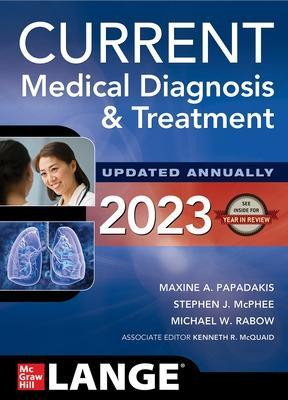
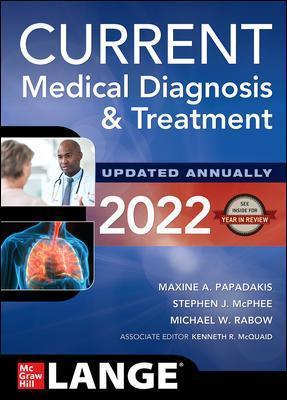
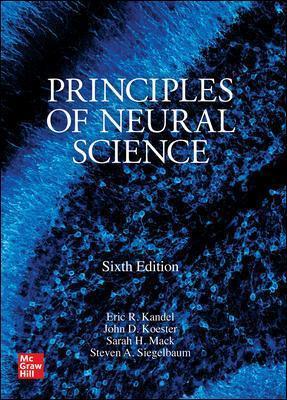

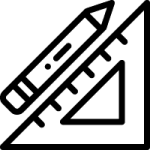
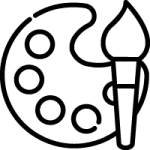

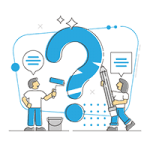
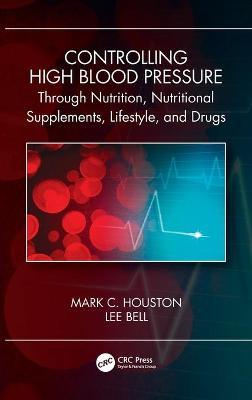
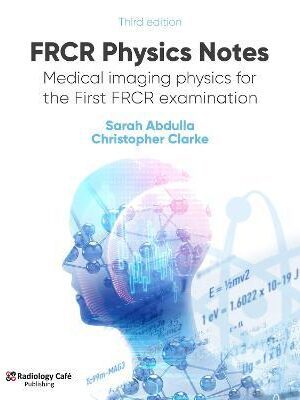
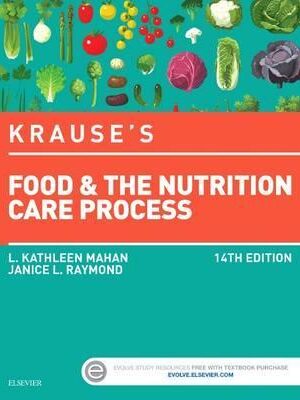



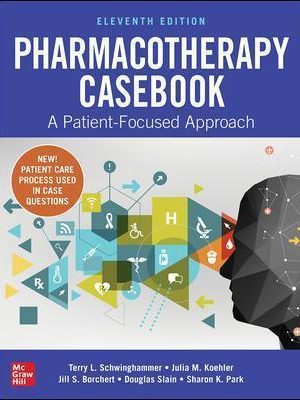
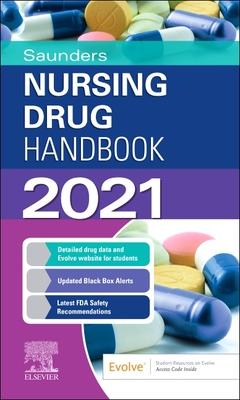
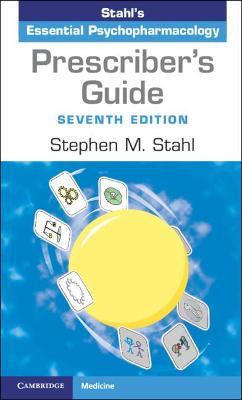
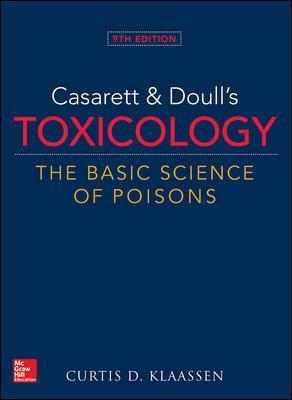
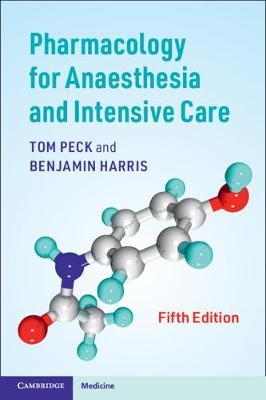
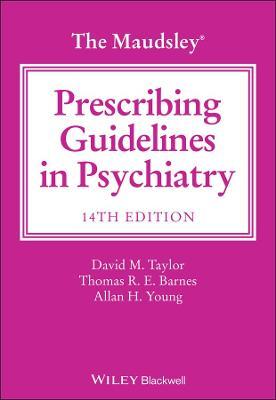
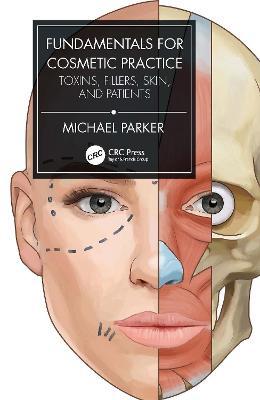

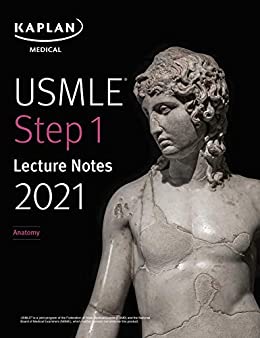
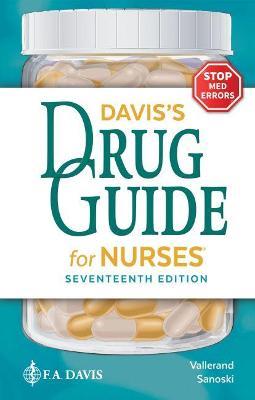

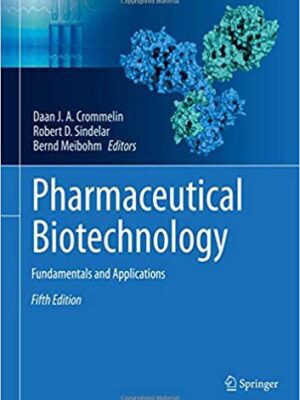
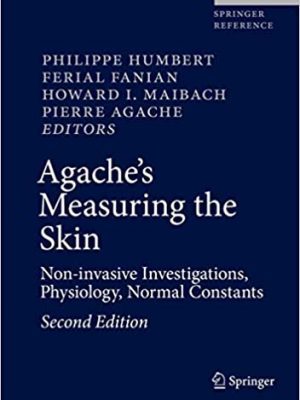
 Dentistry
Dentistry
Reviews
There are no reviews yet.